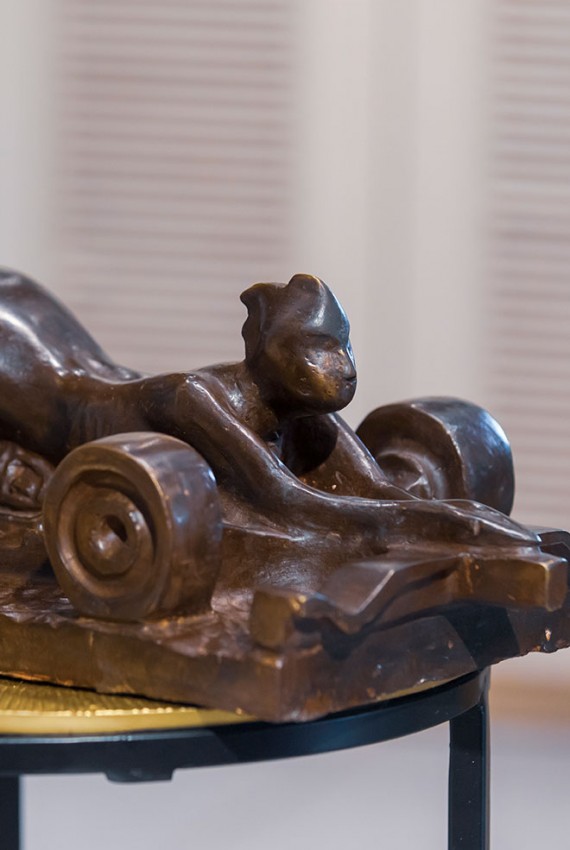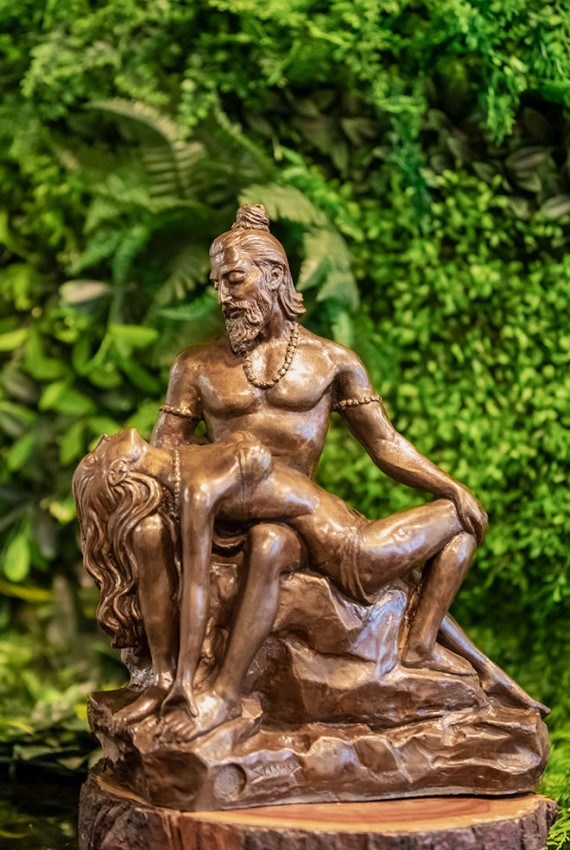
Art of Making Bronze Statues using the Lost Wax Process

The Ancient Art of Making Bronze Statues using the Lost Wax Process
The Indian subcontinent is known for its prosperous ancient empires and some of the traditions along with cultural and creative influences are still being carried forward as a heritage in today’s times. Creating bronze statues using the lost wax process is one such tradition that began in ancient India. “Madhuchehishthavidhanam” is the Sanskrit terminology used for the lost wax process back in the day. The technique is used not just to make bronze sculptures, but also statues of various other metals and alloys such as brass.
Copper is the main metal that is used to make Bronze Alloy, along with other metals such as tin, nickel, and zinc. Due to its flexible properties, bronze is the ideal choice for making intricately crafted statues or sculptures. The corrosion-resistant property of the alloy makes it very durable and long-lasting. There are many stages that are involved in the lost wax process and artists used to take several weeks or months to complete working on a single piece. Ancient bronze statues from southern India are a symbol of the rich traditions and creativity of our land. Now, let’s look at the steps involved in the lost wax process, one by one.
Creating the wax model
The first step of the lost-wax process is to create a wax model of the final bronze sculpture. The wax mix used to be traditionally made using bee’s wax or paraffin wax. Resin and oil are added to the mixture to make it more sturdy or stable at normal temperatures and flexible when heated. As this wax is lost in the following steps, the process itself got its name as Lost-wax Process. Hot instruments are used to carve out beautiful sculptures with intricate designs.
Making the clay mould
The next step is to create the clay mold by ensuring that all sides of the wax model are covered with casting clay. The second layer of clay, soul and sand is made around the clay mold to make it sturdy. Iron wires and rods are also used to create a strong structure that can easily withstand the weight of the sculpture. Once the mold becomes strong, it is heated so that the wax inside starts melting, leaving behind a hollow structure, retaining the details of the Bronze sculpture.
Pouring molten bronze
The hollow clay mold is now ready for the molten metal to be poured inside. Internal channels are made to ensure that the molten bronze flows out of the mold and that no air pockets are formed within. The mold is now left to cool down for many hours, after which the outer clay mold is broken to take out the cooled-off solid bronze sculpture inside.
Giving the finishing touch
The bronze statue that comes out of the clay mold has several rough edges and support structures attached to it. These are removed manually using different kinds of chiseling tools. Fillers are also used to give more details to the bronze sculpture for parts such as the clothing, ornaments and facial features. In the end, all the scratches are removed, thus making the sculpture look smooth and shiny. For the final touch, antique, fine-polish and brown patina finishing is done as per requirements.
The lost-wax technique has evolved with time. However, the basic steps and processes have remained the same since ancient times. At GART, we are taking this unique tradition of crafting Bronze Statues from ancient India forward through our marvelous creations.









